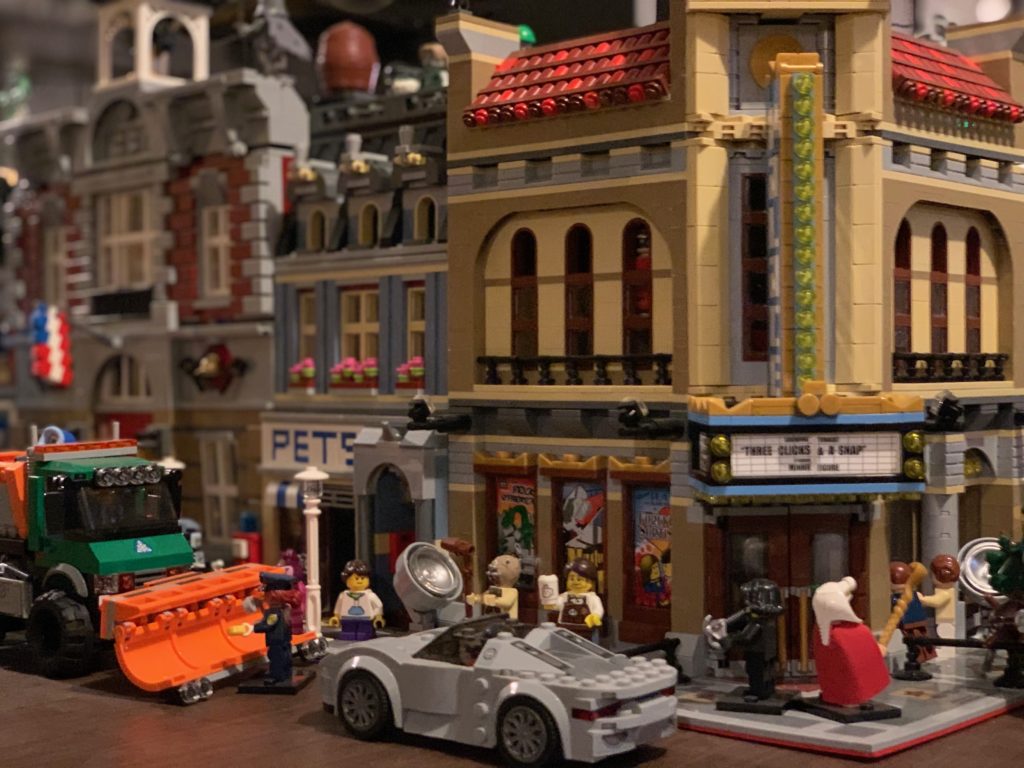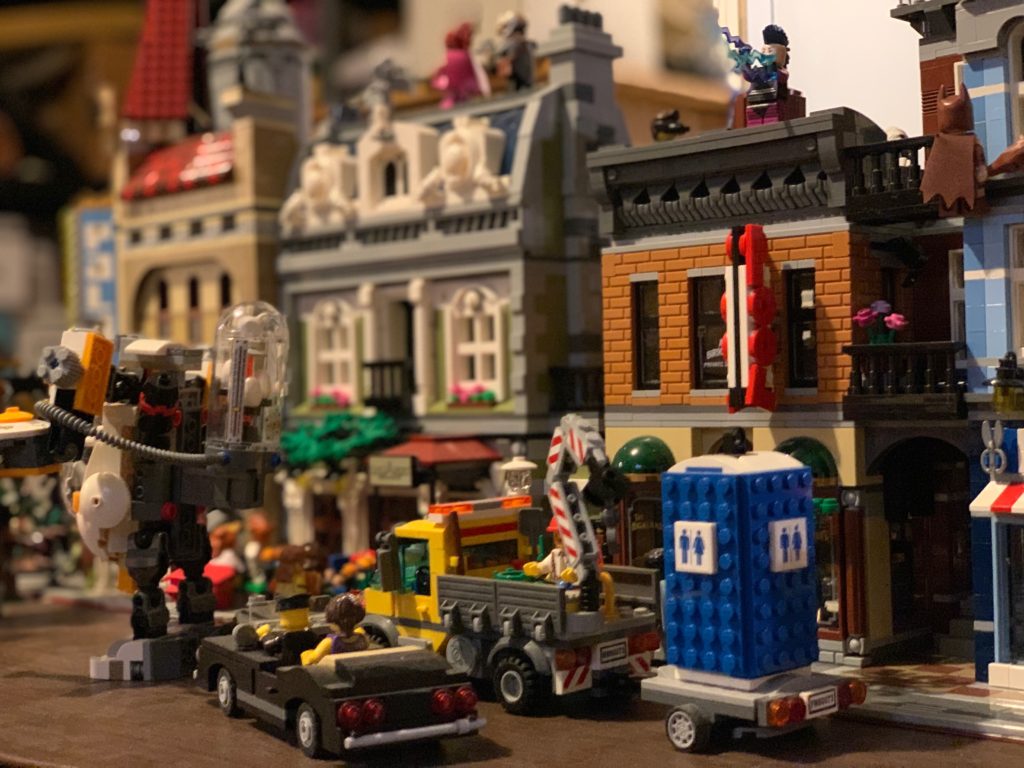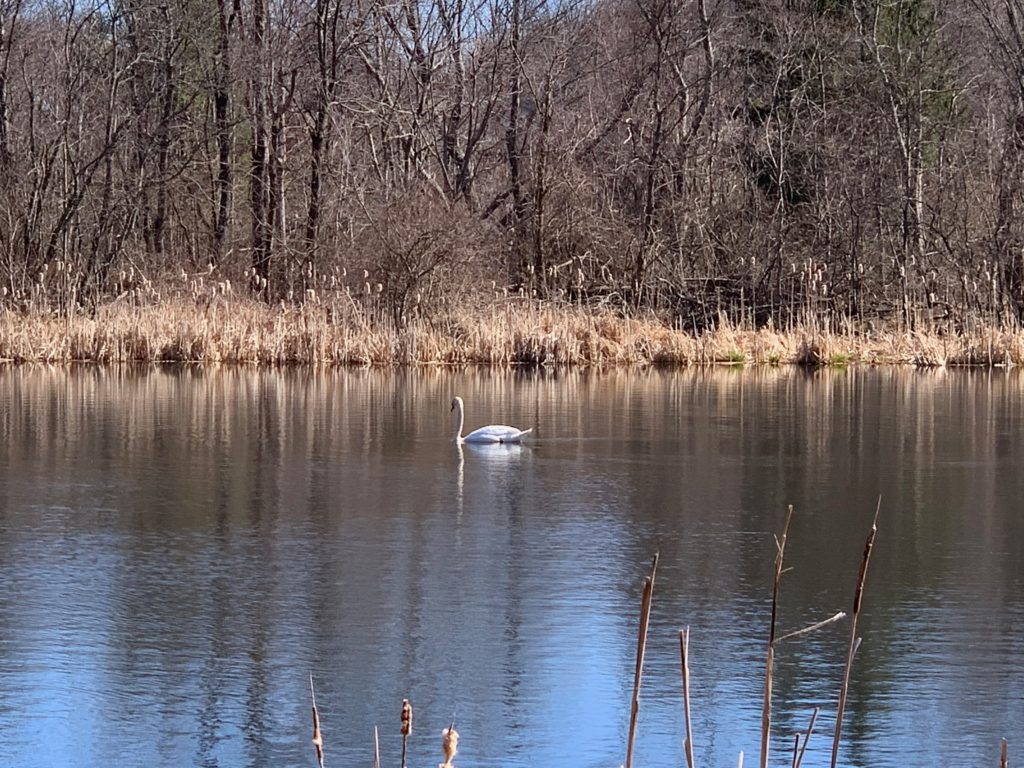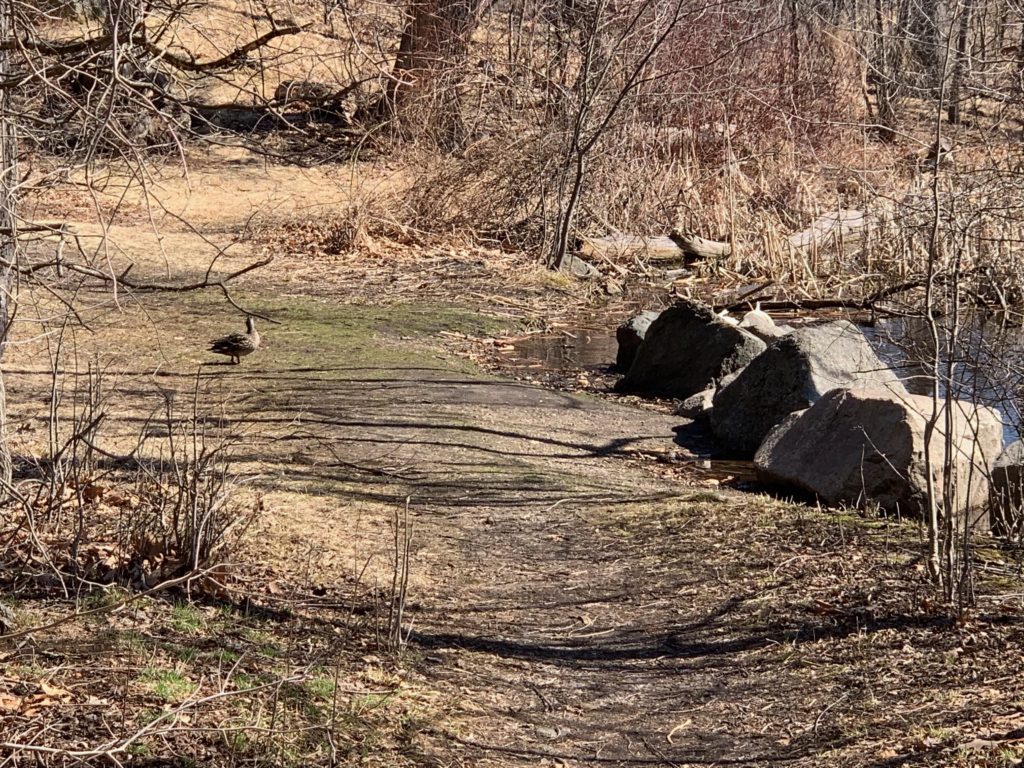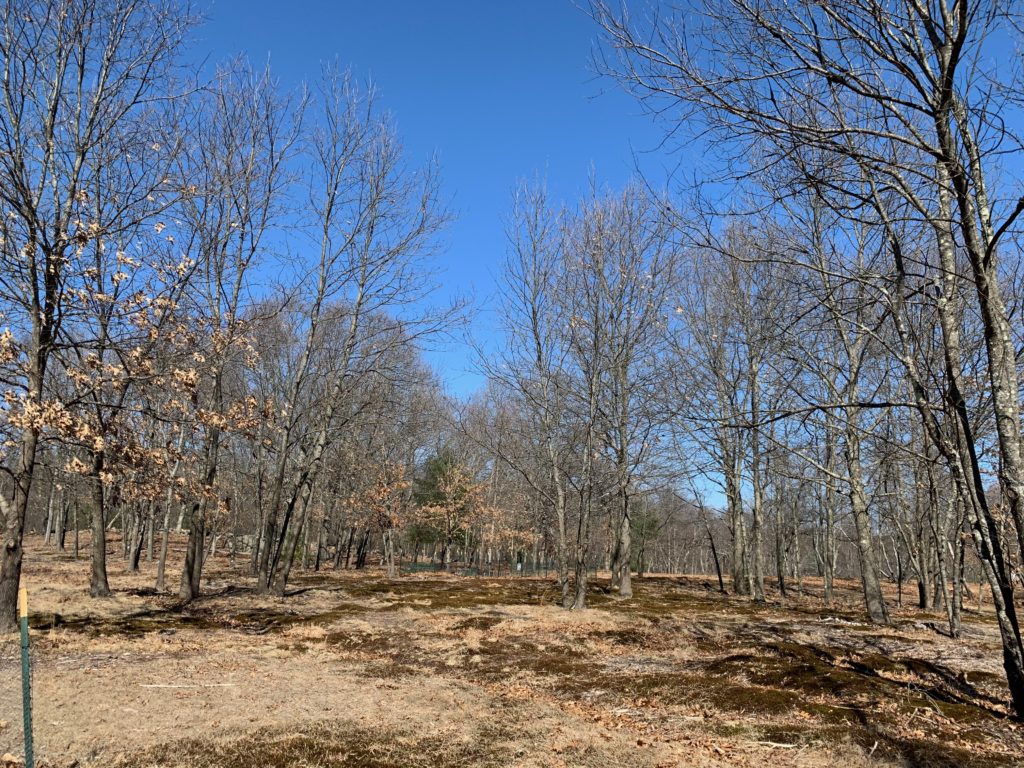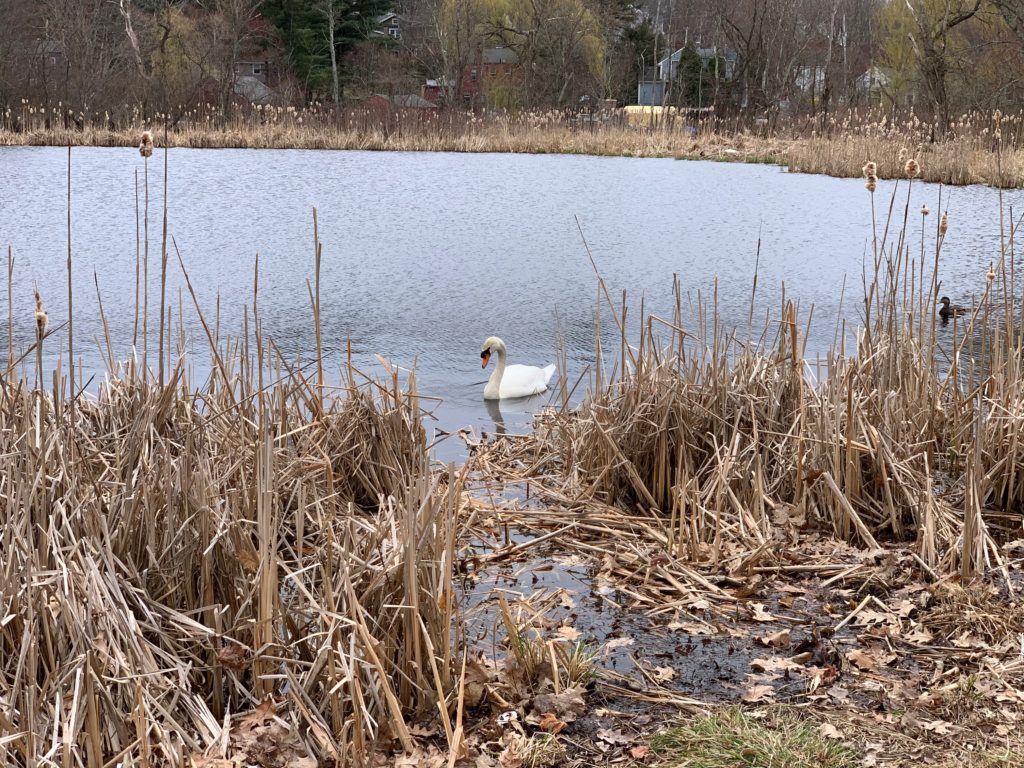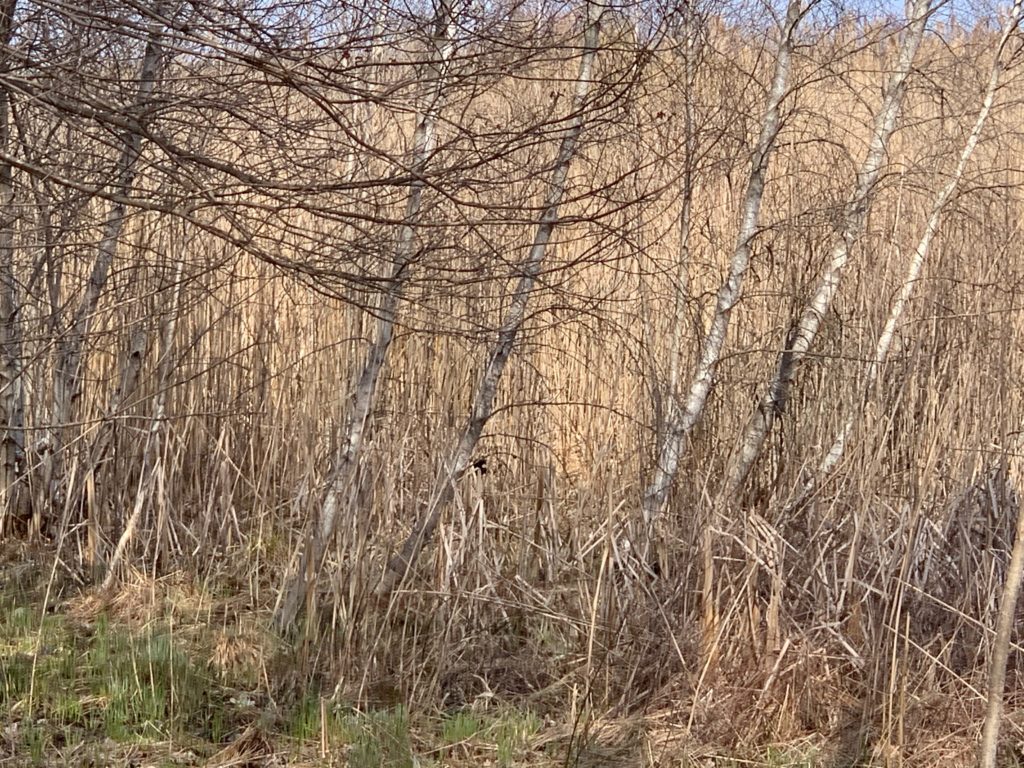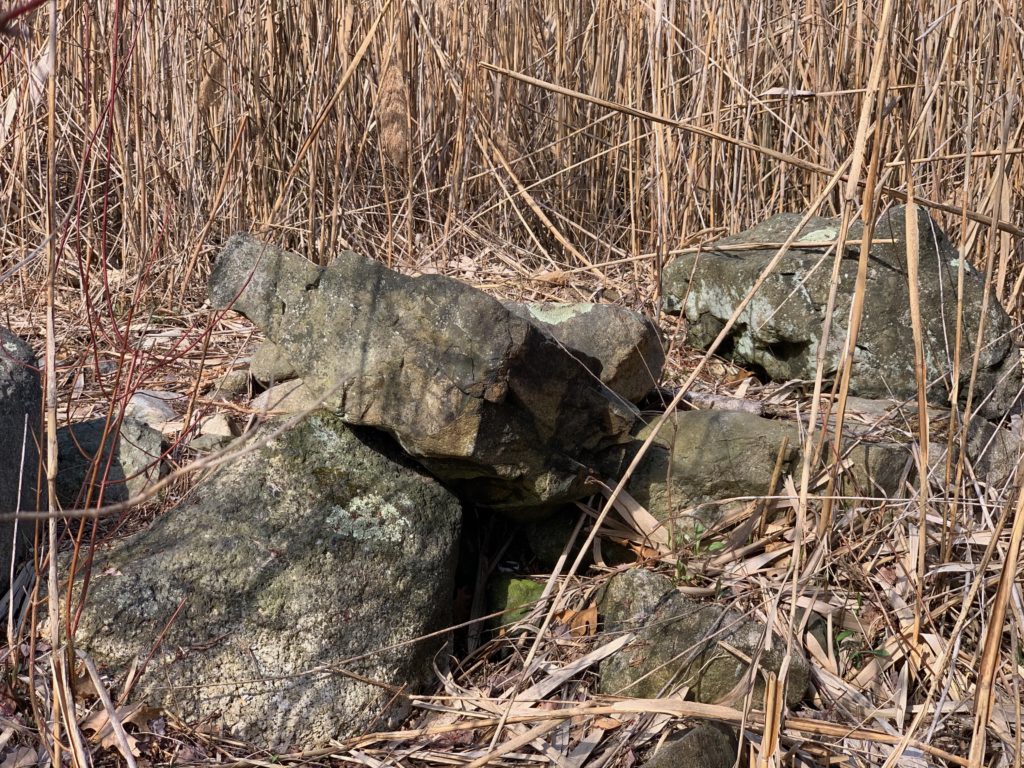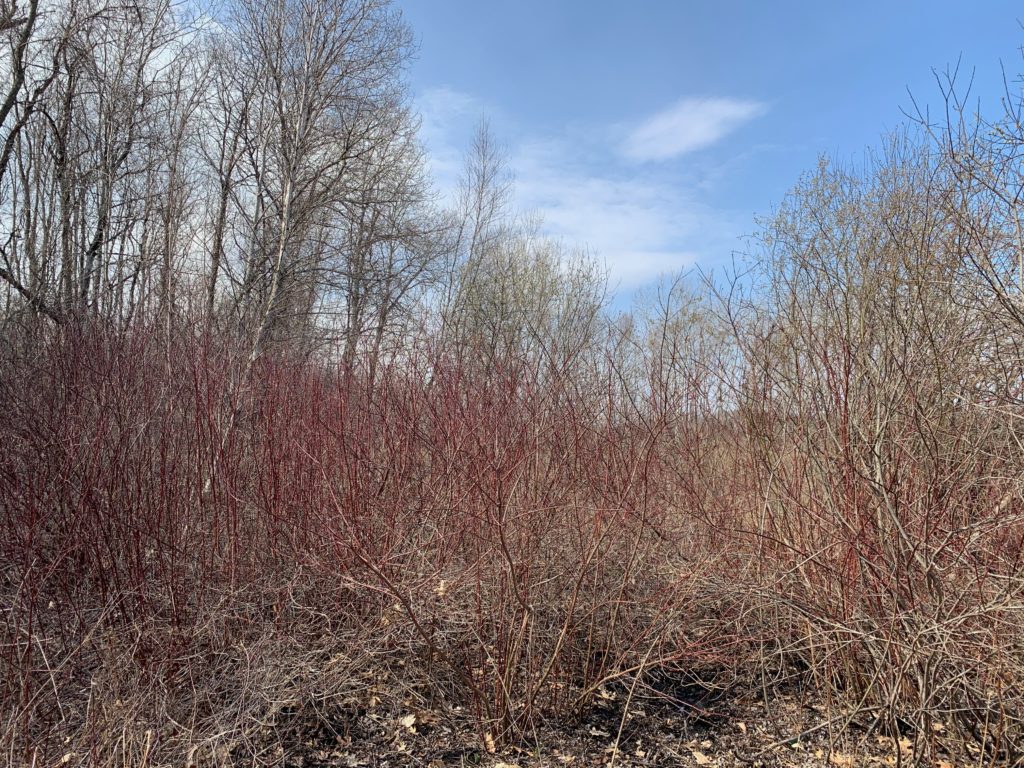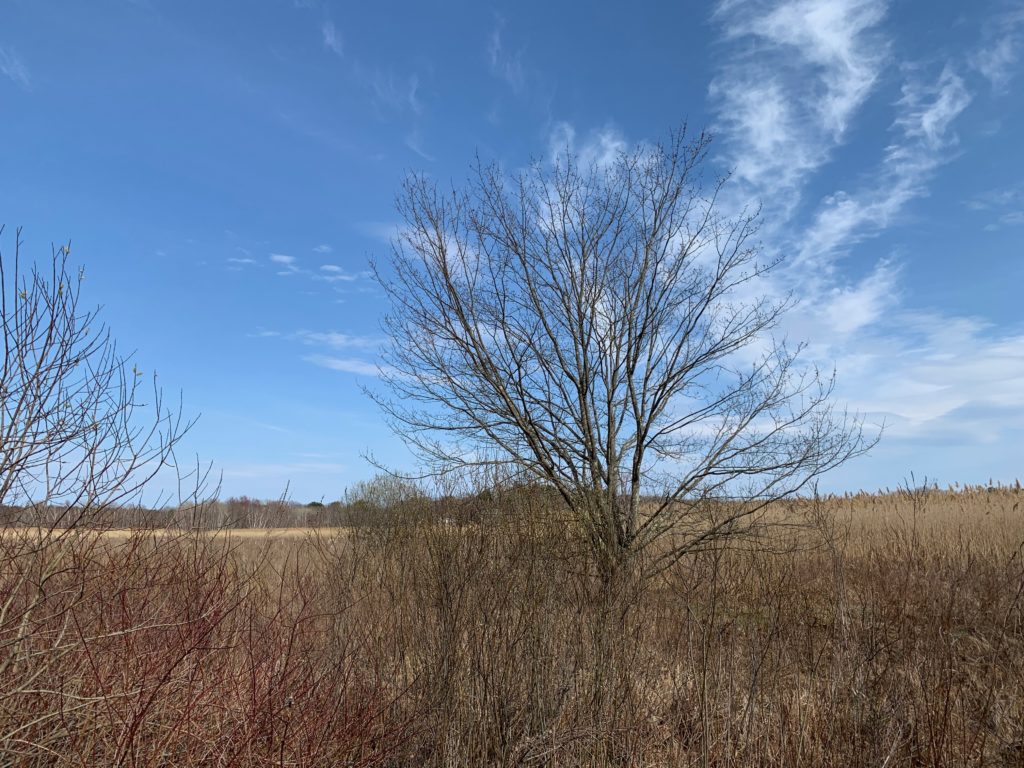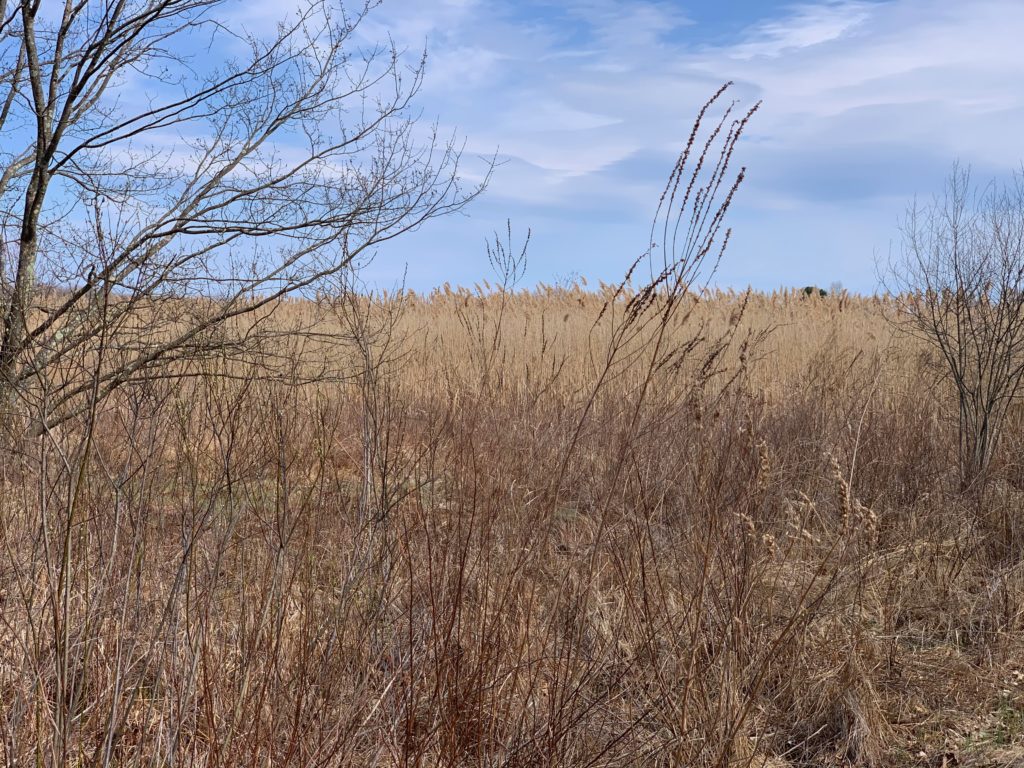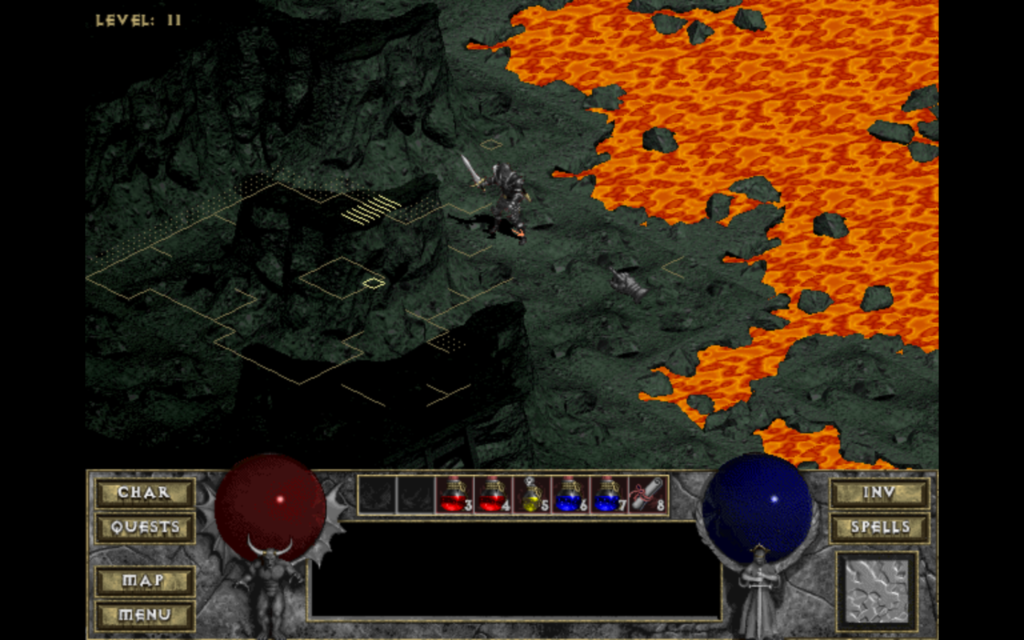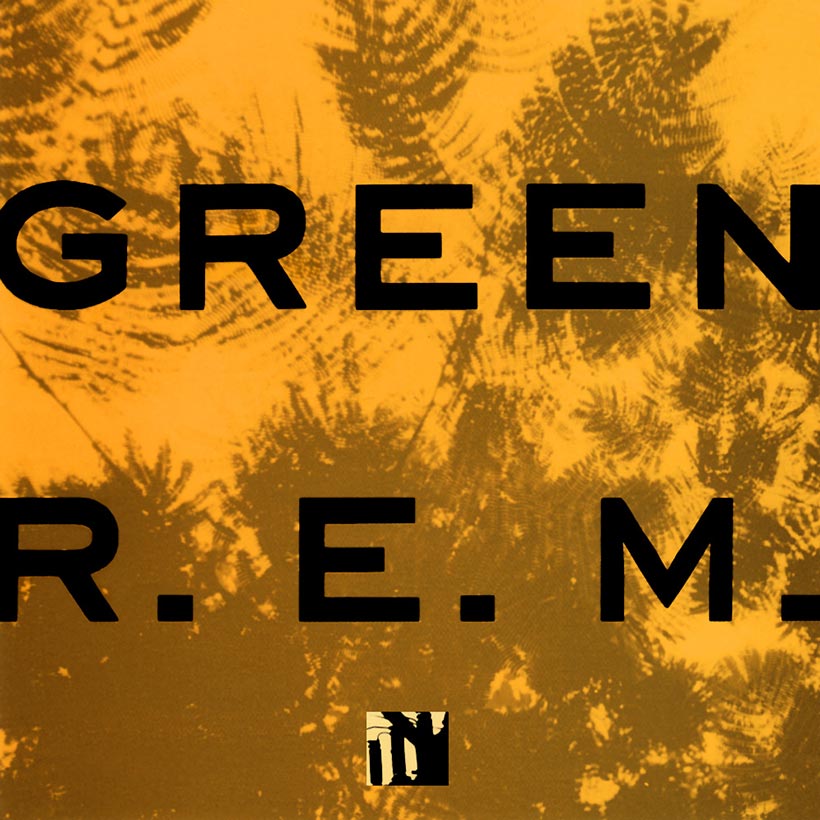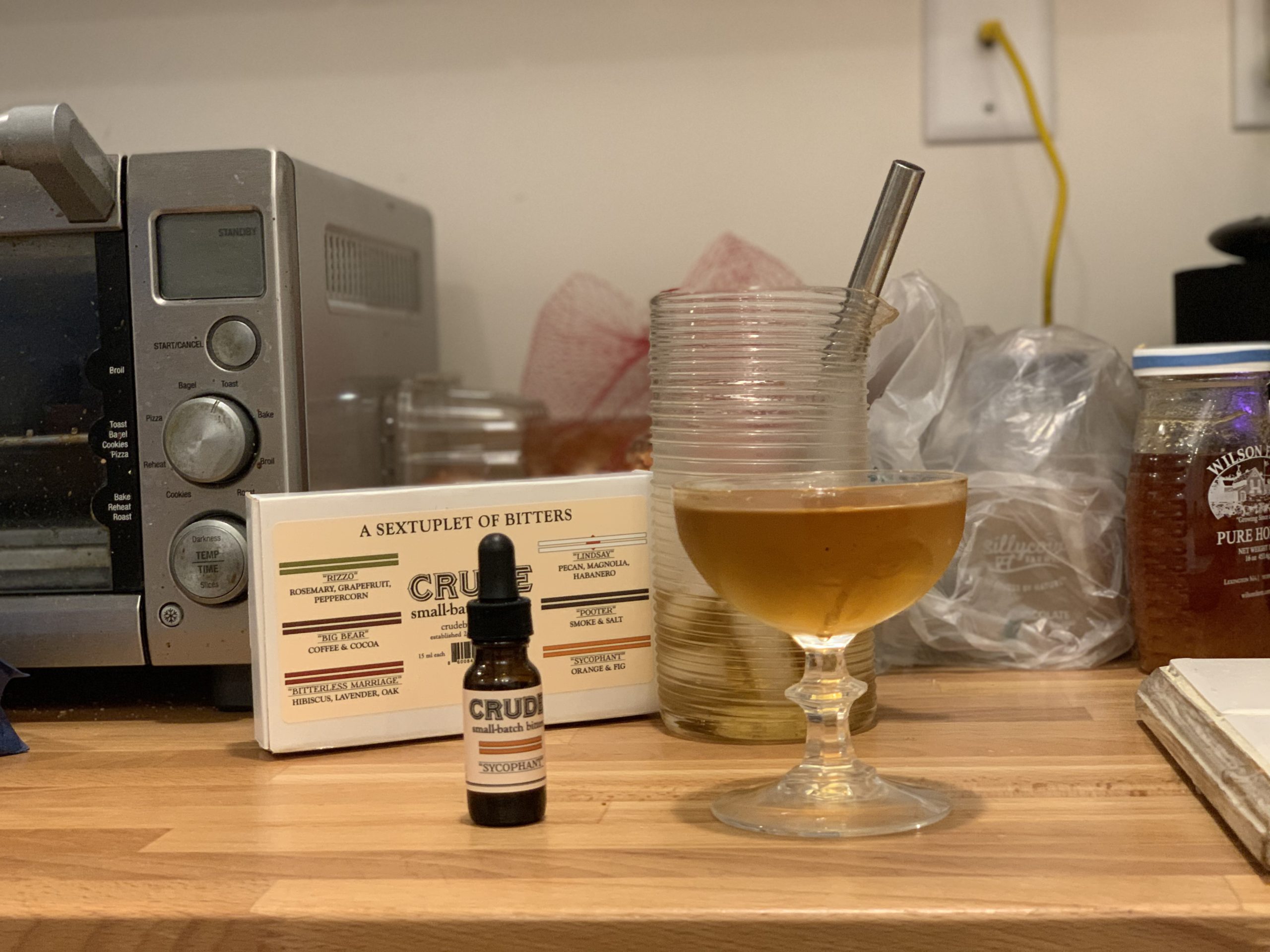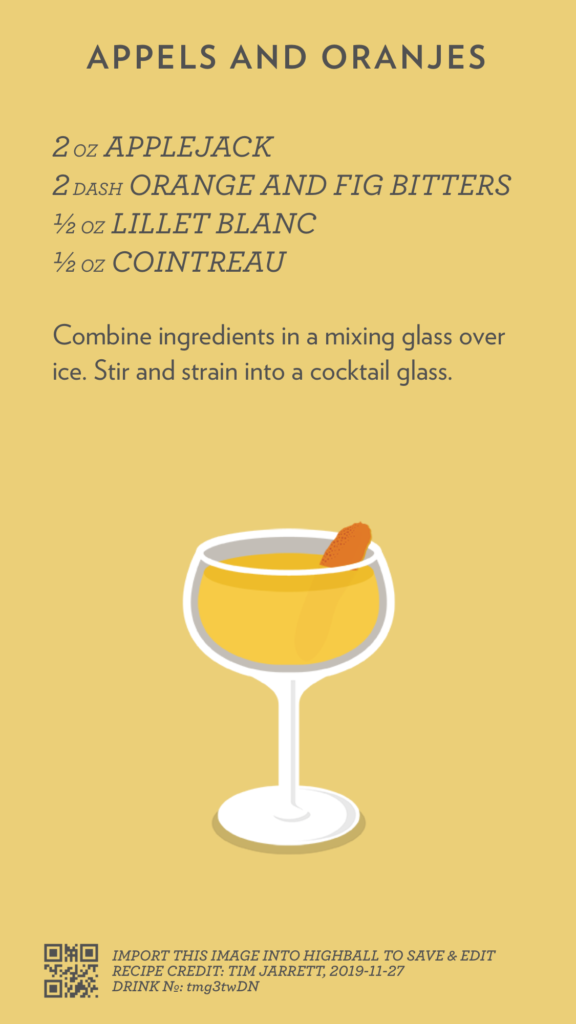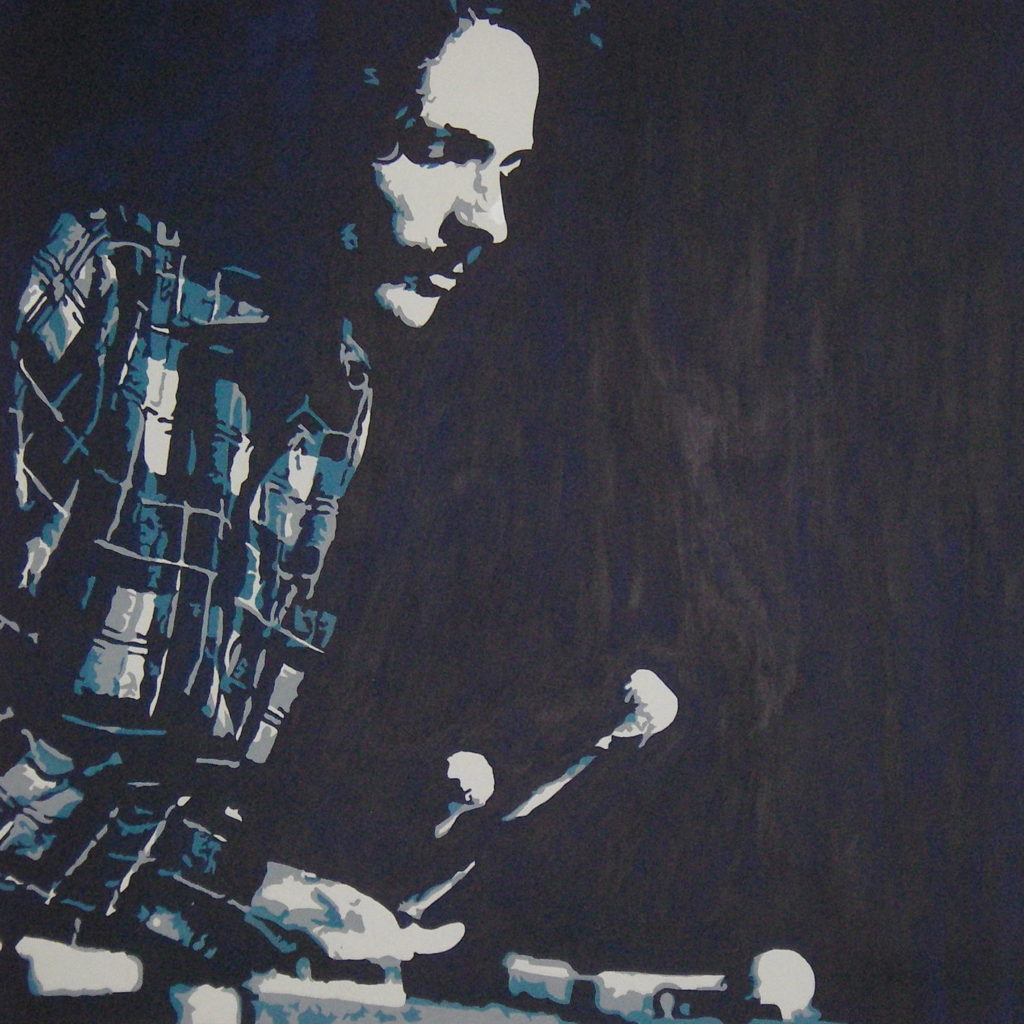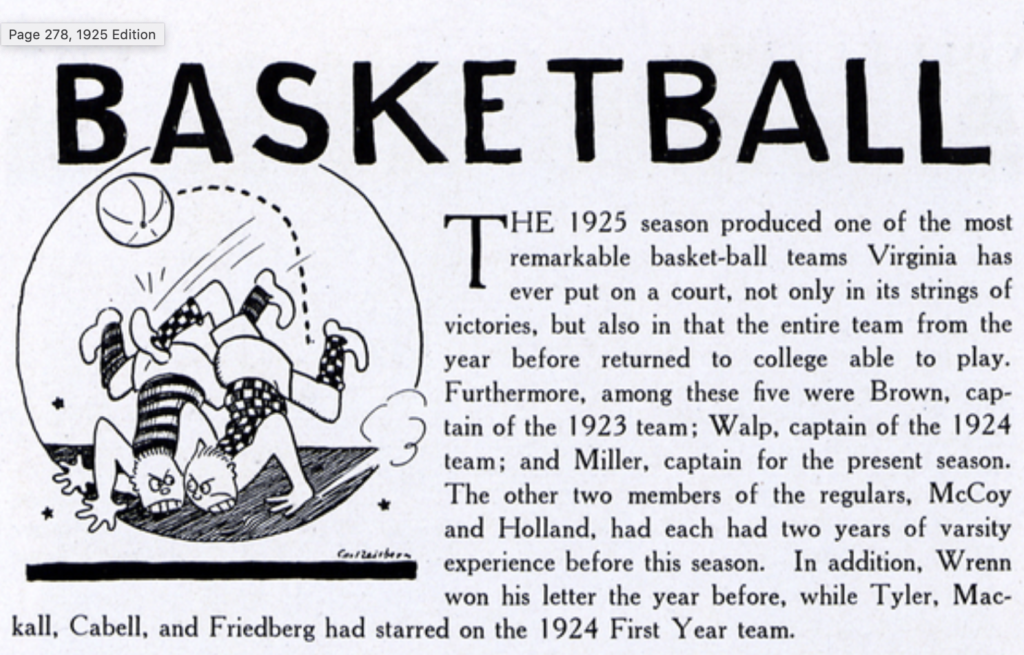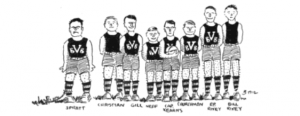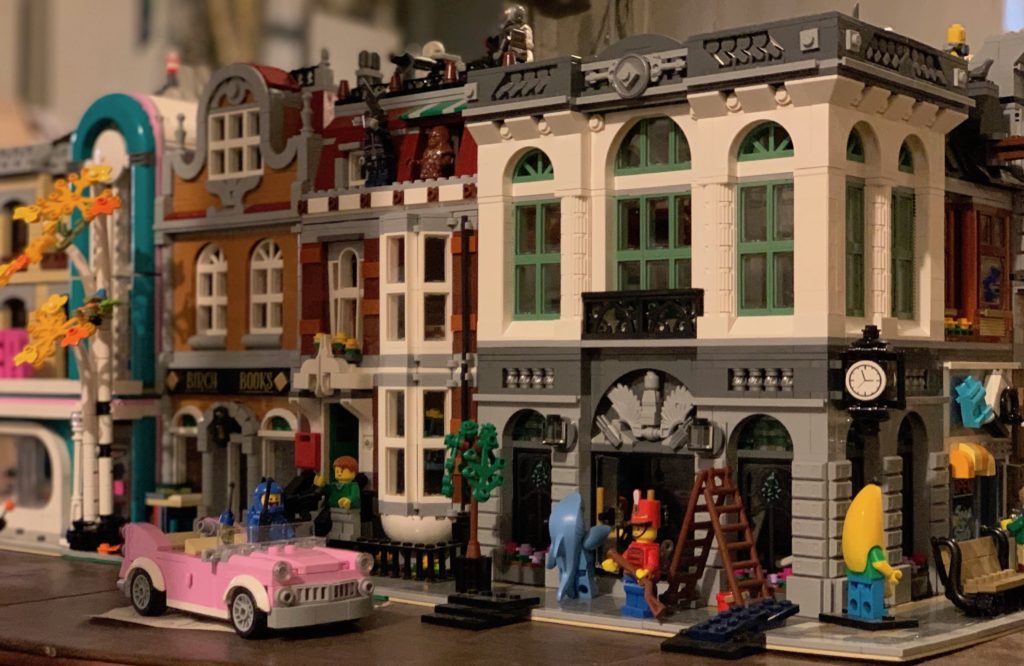
One silver lining to spending all our time at home is that I’ve started to tidy up various dark corners of the house out of frustration with the general shape that everything is in. A quick glance at my blog will show that I get sucked into different projects and make significant progress on them before stepping aside and working on something else. As a result there are stacks of books and LPs in various corners, and piles of projects in various stages of completion in the basement and on the home laptop. The good news is that this means that I can always feel productive by picking up a project and working on it for a bit; the bad news is that I’m never done. (That might be a feature, not a bug.)
So we come to the topic of this post, my small Lego addiction. While I’ve written about Lego on this blog before, I don’t think I’ve ever documented Plateville, my small Lego town. It lives on a table in the unfinished room in the basement and consists of a single town square, 96 studs by 128 studs, ringed by modular buildings and open on the back for … well, something secret, that I’ll write about when it’s a little more finished.
Most of the fun of the town lies in the eccentric minifigs who live there, but there have been a few special additions; see if you can spot any below.
